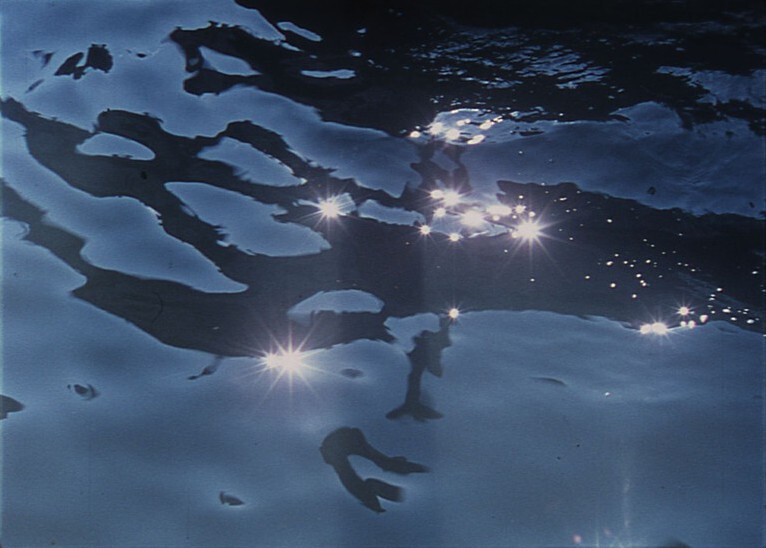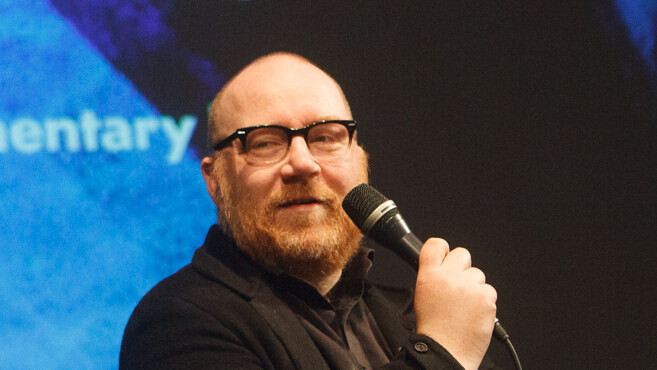Jean Rouch. Man with a Contact Camera
With his enthusiasm for research and film, and especially through his “contact camera”, Jean Rouch combined science and art and thus fundamentally altered how research is done in the humanities, helped film set out in new directions, and gave us a new look at Africa and the world of images. In so doing, he became a leading figure of 20th-century film.
Jean Rouch was born “in the lovely month of May”1) in Paris’ 14th arrondissement, where – despite his renown as a world traveller – he lived for his entire life. He grew up in a family of scientists, explorers and amateur artists. As a child, he visited many foreign countries depending on where his father Jules had been posted. He returned to Paris during his adolescence, discovering poetry, painting, Surrealism, jazz, film and ethnography, all while studying engineering at university. In 1941, the young civil engineer departed for the Nigerian city of Niamey, where, under the guidance of Marcel Griaule and Théodore Monod, he soon became an ethnographer. He was an active member of the Free French Forces, for which he was given an award, and subsequently embarked on his African and cinematic adventures.
During sixty years of research, primarily with the National Centre for Scientific Research, Jean Rouch explored a diverse range of ethnographic and anthropological subjects. His first research focused on the culture of Niger’s Songhai people, especially their rituals related to obsession, which he recorded in the documentary The Mad Masters (Les Maîtres Fous, 1954). Later, he worked with the anthropologist Germaine Dieterlen to study the culture of the Dogon people of Mali, which eventually gave birth to the Sigui series (1967–74). From the beginning, Rouch and his first wife Jane were interested in modern Africa as well – the Africa of “global cities” such as Abidjan or Accra, whose dynamic life full of contrasts captivated them. Rouch was familiar with both modern and traditional Africa and met people such as Damouré Zika and Moussa Hamidou, who became his close friends and collaborators. Working together, they created works that were part documentary and part fiction, full of imagination and laughter and a unique sense of wisdom. This “inside-out” or “shared” anthropology gave birth to films such as Jaguar (1954, completed 1967), Cock-a-Doodle-Doo! Mr. Chicken (Cocorico. Monsieur Poulet, 1974), and I Am Tired of Standing, I Lie Down (Moi fatigué debout, moi couché, 1996–97).
Guided by his friend Henri Langlois, Jean Rouch became an experienced cinephile with a passion for technique who chose his tools carefully and while contributing to their perfection and who discovered innovative usages and pioneering methods. According to Jean-Luc Godard, Rouch tossed a “stone into the still waters of cinema”, contributed to the revival of “light techniques” and inspired the French New Wave through films such as I, a Negro (Moi, un Noir, 1958) and Chronicle of a Summer (Chronique d’un été, 1961).
Jean Rouch was a man of many roles. He worked for the Fundamental Institute of Black Africa (IFAN) and UNESCO, the Cinémathèque française, and festivals in Venice, Ouagadougou and Manosque. He also helped found many organizations and events that are still active today, including the Ethnographic Film Committee and the Ateliers Varan. He also promoted various disciplines and supported talented individuals, and contributed to the emergence of visual anthropology and Nigerien cinema, which has produced directors such as Moustapha Alassane, Oumarou Ganda and Inoussa Ousseini.
Andrea Paganini, Delegate General, 2017 Jean Rouch Centenary
1) A reference to Chris Marker’s Le Joli Mai (1963), known in English as In the Lovely Month of May. [translator’s note]


